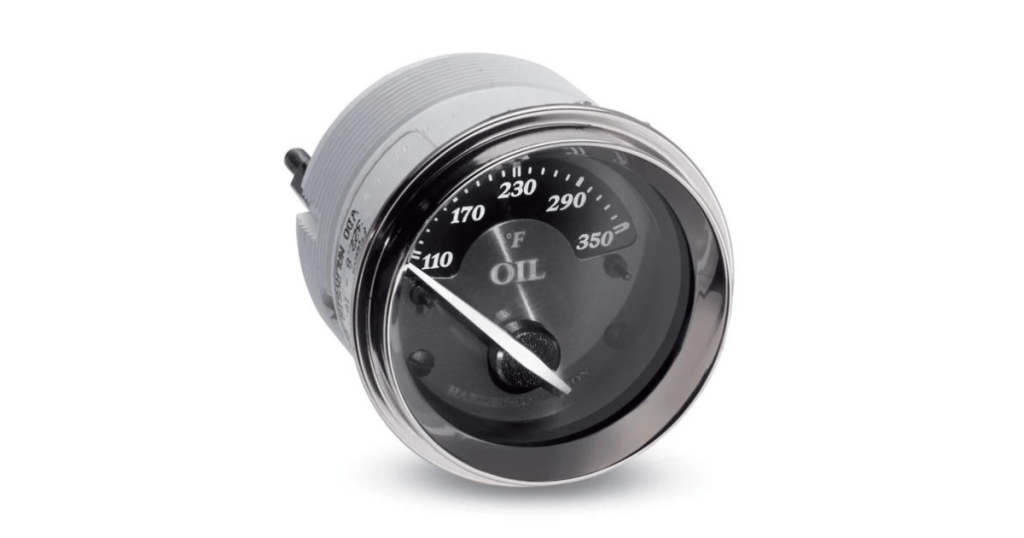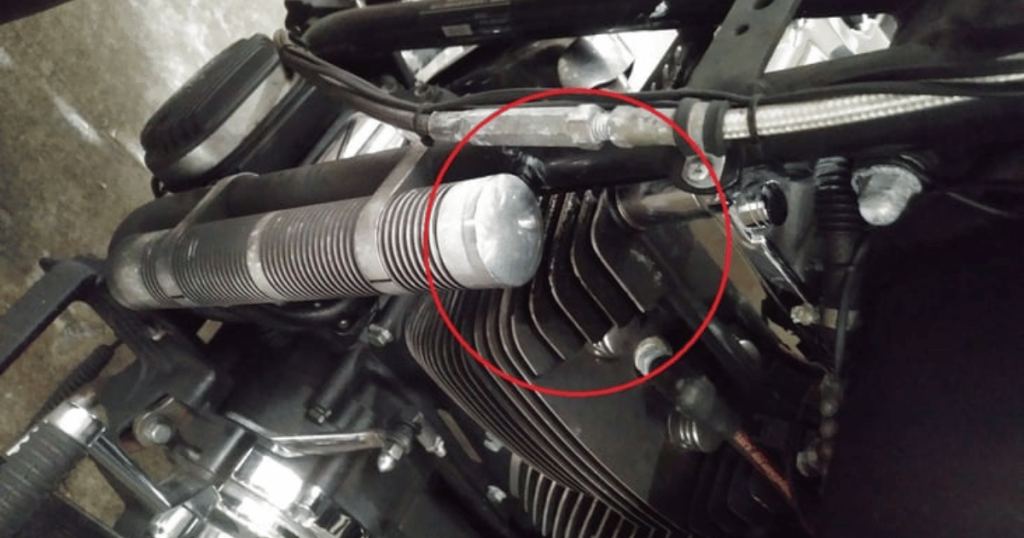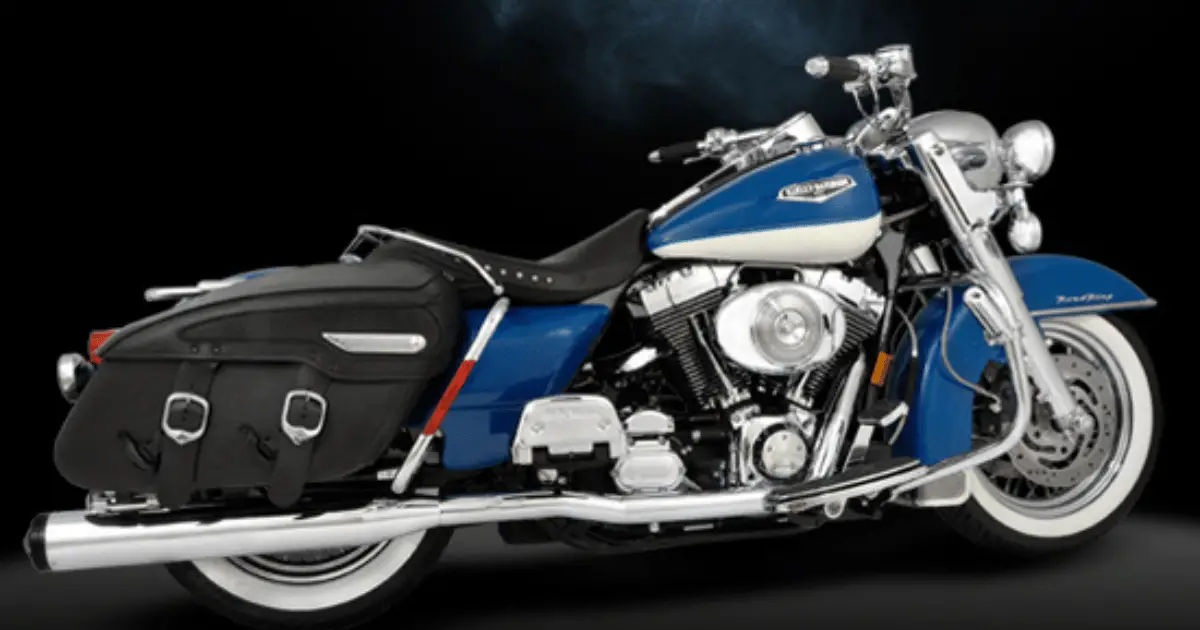Last Updated on January 12, 2024 by Pittalks
Heat, glorious heat! Nothing compares to that euphoric sensation of riding your beastly Harley Davidson on open roads, feeling the wind on your face. But what happens when that heat begins to originate from your loyal companion rather than the sizzling asphalt? Fret not; we’re here to throw you the lifeline! Harley Davidson overheating problems can be more common than you’d imagine, and that is precisely why this article is written for you. Whether you’re a long-time owner or a new devotee of this powerful motorcycle, knowledge on how to keep your Harley cool goes a long way. From understanding the causes of overheating to preventive tips and actionable solutions, get ready to equip yourself with essential insights through this comprehensive guide. Close that toolbox, take a break from your steel horse, kick back, and join us on this mechanical journey – help is here, friends!
So, Do Harleys Typically Overheat?

Overheating is not typically a recurring issue with Harleys, but it can happen under certain circumstances. The instances of overheating mostly occur when the bikes are idling or moving at slow speeds for prolonged periods, especially in hot weather. This is because most Harleys are air-cooled, meaning they rely on air flow across the engine to keep it cool. When this air flow is reduced, as in slow-moving traffic, the engine can start to overheat.
What’s The Normal Operating Temperature For Harley Davidsons?
The average operating temperature for a Harley Davidson can vary, depending on the model and the type of cooling system it uses (air-cooled or liquid-cooled). Generally, the average operating temperature for a Harley Davidson ranges from 200 to 350 degrees Fahrenheit. It’s important to note that these temperatures can be influenced by several factors such as bike modifications, ambient air temperature, and installed accessories.
Air Cooled vs Liquid Cooled vs Dual Cooled
- Air-Cooled: Air-cooled Harleys, like the original Big Twin engine, rely on ambient air to regulate the engine’s temperature. This system is simple yet effective, with the only drawback being its dependence on the bike’s movement.
- Liquid-Cooled: Liquid-cooled Harleys use a coolant mixture to regulate engine temperature. This type of cooling allows the engine to maintain a more consistent temperature, irrespective of traffic and weather conditions.
- Dual Cooled: Dual cooled bikes use both air and liquid cooling systems. This dual-system is what you’ll find on modern Harleys.
Each of these cooling systems has its own advantages and disadvantages, and the choice between them often comes down to the specific needs and preferences of the rider.
How Long Can A Harley Idle Before Overheating?
The duration a Harley can idle before overheating depends on various factors, including the type of cooling system and the external environment. However, it’s generally advised not to let it idle for an extended period, especially if the engine temperature rises above 400 degrees.
What Leads to These Harley Davidson Overheating Problems?
Several factors can contribute to a Harley Davidson motorcycle overheating. Here are some of the main causes:
- Abusing Your Bike: Pushing your Harley to extreme speeds for prolonged periods can strain the engine, causing it to heat up faster.
- Riding In Excessive Heat (Outside Temperature): Climatic conditions can significantly influence your bike’s temperature. For instance, riding in a hot climate can make it difficult for the engine to cool down, leading to overheating.
- Aftermarket Installations (Lower Fairings, Performance Upgrades, Etc.,.): In some cases, Harley owners opt to install lower fairings which can sometimes restrict the air flow that would otherwise cool the engine.
- The Bike Is Low On Oil: Not having enough oil in the bike can also lead to overheating. The oil not only lubricates the engine but also helps to dissipate the heat. Or, on the flip side, excess oil can create excess oil pressure.
- There’s Not Enough Coolant (For Harleys With Coolant Only, Of Course): In water-cooled Harleys, low coolant levels can hamper the heat dissipation process, causing the engine to overheat.
- Radiator Fan Fails (Again, For Liquid Cooled Harleys): This issue is predominantly found in V-Rod models, due to the high performance nature of the engine. However, radiator fans can prematurely fail on any water-cooled bike.

What Are The Harley Overheating Symptoms To Be Aware Of?
Identifying Harley overheating symptoms can help you take timely action and prevent extensive damage. Here are some warning signs that your Harley might be overheating:
- Temperature Gauge Is Too High: A sudden surge in the reading on your Harley’s temperature gauge can indicate overheating.
- Engine Is Smoking or Steaming: In liquid-cooled models, steam or water emerging from the engine is a clear sign of overheating.
- Decrease in Engine Performance: A noticeable decline in your bike’s speed and power could indicate an overheating engine.
- Stalling When Riding: Modern Harley engines are designed to shut down when internal temperatures reach dangerous levels to prevent damage. If your Harley stalls, it could be due to high temperatures.
- Difficulty Starting or Restarting The Engine: Difficulty in starting or restarting the engine can also be a sign of overheating.
What To Do When Your Bike Overheats
If your Harley is overheating, it’s advisable to pull over and turn off the bike. Allow it to cool down for at least 15-20 minutes before attempting to ride it again. Check the coolant or oil levels in the engine and inspect for any leaks or clogged radiators. If the engine continues to overheat, avoid riding the bike as it can lead to extensive engine failure.
Can You Ride A Bike That’s Overheating?
Riding a bike that’s overheating is not advisable. Overheating can lead to severe consequences, from causing discomfort during the ride to damaging the engine. Overheating can lead to piston seizure, which can destroy the engine. Therefore, it’s crucial to identify Harley overheating symptoms and take appropriate action to prevent extensive damage.
What Happens If You Do?
If you continue to ride a bike that’s overheating, it can cause severe damage to the engine. Ignoring the warning signs can lead to complete engine failure. The excessive heat could cause extensive engine failure, which is costly to fix.
Ending Thoughts and Recap
Riding a Harley Davidson motorcycle is an exhilarating experience. However, it’s essential to keep an eye on its temperature to prevent overheating and ensure a smooth and safe ride. Understanding the normal operating temperature for Harley Davidson motorcycles, identifying Harley overheating symptoms, and knowing how long a Harley can idle before overheating can go a long way in ensuring your bike’s longevity.
Remember, maintaining your Harley consistently, checking coolant and oil levels, inspecting the radiator, avoiding stop-and-go traffic, and riding responsibly can help you prevent your Harley from overheating. After all, the joy of riding should never be eclipsed by the fear of overheating. Ride safe and ride smart!
Related reads:
> What Year Harleys to Avoid (A Comprehensive Guide)
> Street Glide Years to Avoid (A Comprehensive Overview)
> Road Glide Years to Avoid (A Comprehensive Overview)
> Electra Glide Years to Avoid (A Comprehensive Overview)
> Road King Years to Avoid (A Comprehensive Overview)
> Harley Twin Cam Years to Avoid: A Comprehensive Guide
Frequently Asked Questions
Signs of overheating in a Harley Davidson include engine stuttering or loss of power, excessive exhaust heat, and the temperature warning light turning on. Riders may also notice a burning smell or steam coming from the engine.
Overheating in Harley Davidson motorcycles can be caused by several factors, such as low engine oil levels, cooling system malfunctions, prolonged idling, or riding in extremely hot temperatures. It can also be due to mechanical issues like a clogged radiator or faulty thermostat.
It is not safe to ride a Harley Davidson when it’s overheating. Continuing to ride can cause severe engine damage. If you notice overheating signs, stop riding and let the engine cool down before checking for potential causes.
Long-term damage from overheating can include warped engine components, head gasket failure, and reduced engine performance. In severe cases, it can lead to engine seizure, necessitating costly repairs or replacements.

